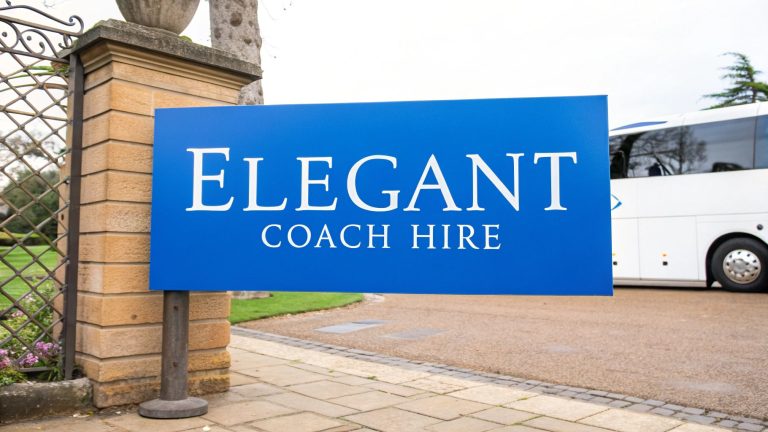The Evolution of London's Iconic Bus Network
London's red buses are a beloved symbol of the city, familiar to both tourists and locals alike. These distinctive vehicles carry millions of passengers daily while offering an authentic way to experience the capital's sights and culture. The story of how this vast transport network developed spans almost 200 years of London's history.
From Horse-Drawn Carriages to Modern Marvels
It all started in 1829 when George Shillibeer launched London's first horse-drawn omnibus service between Paddington and the City. This simple route laid the foundation for public transport in London. The early 1900s saw horse-drawn buses give way to motor vehicles, marking the start of a new era in urban transportation.
Today, London's bus system has grown into one of the world's largest urban transport networks. The city operates 675 routes with more than 8,700 buses connecting every corner of the capital. Many of these routes pass right by major tourist attractions, making buses a practical way to explore the city. Learn more about London's bus network
Route Planning and Sightseeing Opportunities
London's bus routes offer excellent sightseeing value, often running past major landmarks and attractions. Visitors can hop on regular service buses to see Buckingham Palace, Big Ben, Tower Bridge and other iconic sights. This organic blend of public transport and tourism lets travelers experience London's rich heritage without paying for expensive tour buses.
Adapting to Modern Challenges
While preserving their classic red livery and heritage appeal, London's buses keep pace with modern needs. The fleet now includes growing numbers of hybrid and electric buses to improve air quality. Passengers can track buses in real-time through mobile apps and pay fares with contactless cards or phones. These updates maintain the network's role as an essential service for Londoners while making it more convenient for visitors to navigate the city.
Hidden Gems: London's Most Scenic Bus Routes
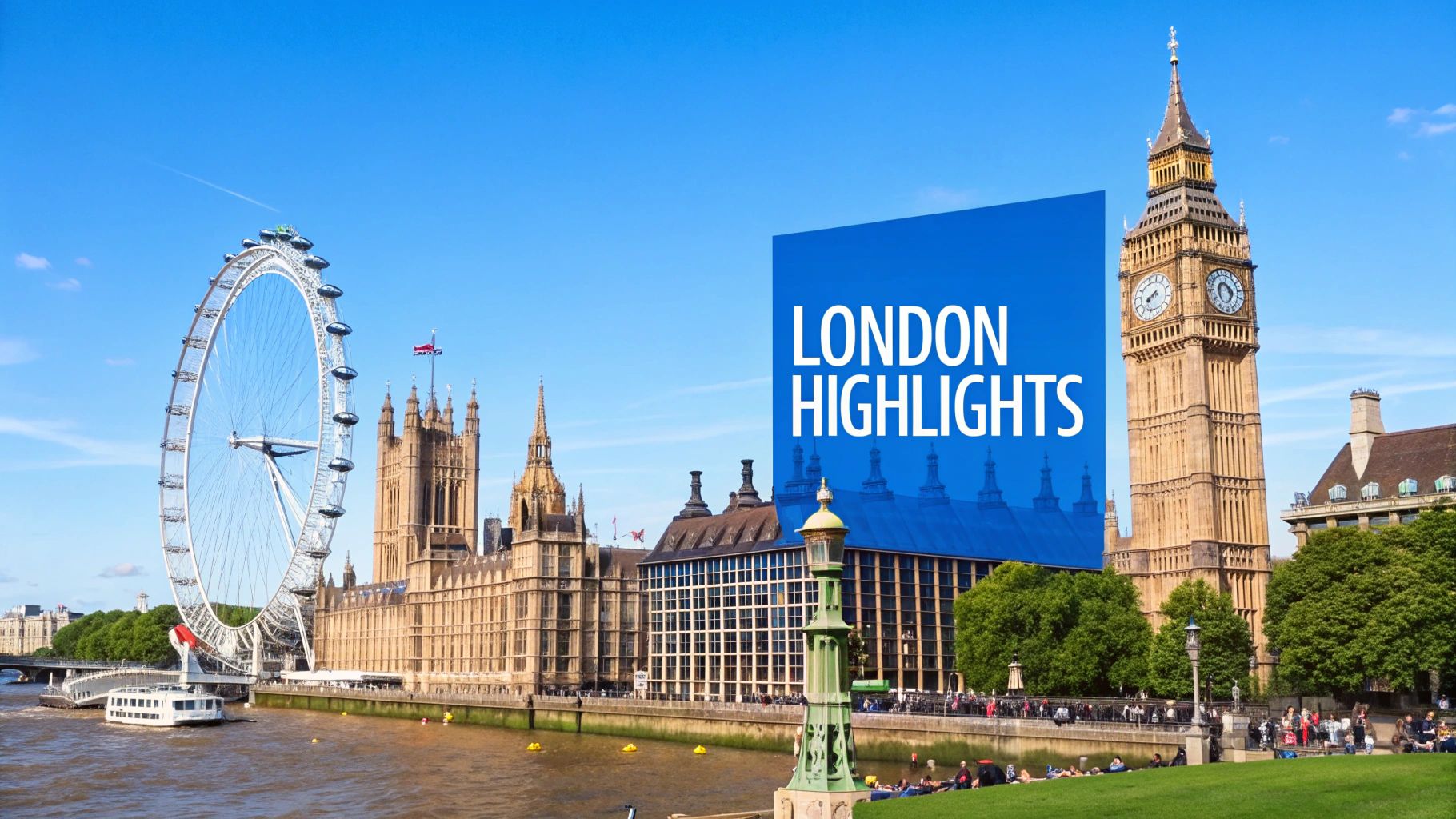
Want to explore London without spending a fortune on tour buses? The city's regular red buses offer an excellent alternative. By hopping on the right routes, you can see famous landmarks, historic neighborhoods, and beautiful scenery – all for the price of a standard bus ticket.
Best Routes for Sightseeing
Several bus routes stand out for their scenic value. Route 9 takes you from Aldwych to Hammersmith, passing Trafalgar Square and Kensington Palace along the way. If you're interested in seeing St. Paul's Cathedral and the Tower of London, catch Route 11 from Chelsea to Liverpool Street Station. For a less touristy experience, try Route 468 through South London's charming neighborhoods. Want more route suggestions? Check out England Rover's guide to London bus travel.
The best part about these routes is that they offer similar views to expensive tour buses at a fraction of the cost. Route 8 between Bethnal Green and Tottenham Court Road is particularly good for photographers, with plenty of iconic buildings along the way. Find additional route planning tips in our complete sitemap.
Timing is Everything: Capturing the Perfect Shot
The time of day makes a big difference to your sightseeing experience. Early mornings offer soft light and emptier streets – perfect for taking photos. If you prefer golden hour shots, plan your journey around sunset when the city glows in warm evening light. The right timing can turn a simple bus ride into a memorable photo opportunity.
Maximizing Your Sightseeing Experience: Tips and Tricks
- Upper Deck, Front Seats: Grab a seat at the front of the top deck for the best unobstructed views
- Combine Routes: Plan your journey to link different routes together and see more of the city
- Off-Peak Travel: Avoid rush hours – mid-morning and early afternoon are usually quietest
- Real-Time Tracking Apps: Use bus tracking apps to minimize waiting time at stops
Seasonal Considerations: Adapting Your Route
Each season shows London in a different light. Spring brings cherry blossoms to the parks, while summer offers long evenings perfect for extended sightseeing. Fall paints the tree-lined streets in orange and gold, and winter adds sparkle with holiday lights and decorations. Pick routes that showcase the best of each season.
With some careful planning and these practical tips, you can turn an ordinary bus journey into a fantastic sightseeing trip. The humble London bus might just be your ticket to discovering the city's hidden treasures.
Mastering London's Busiest Bus Routes
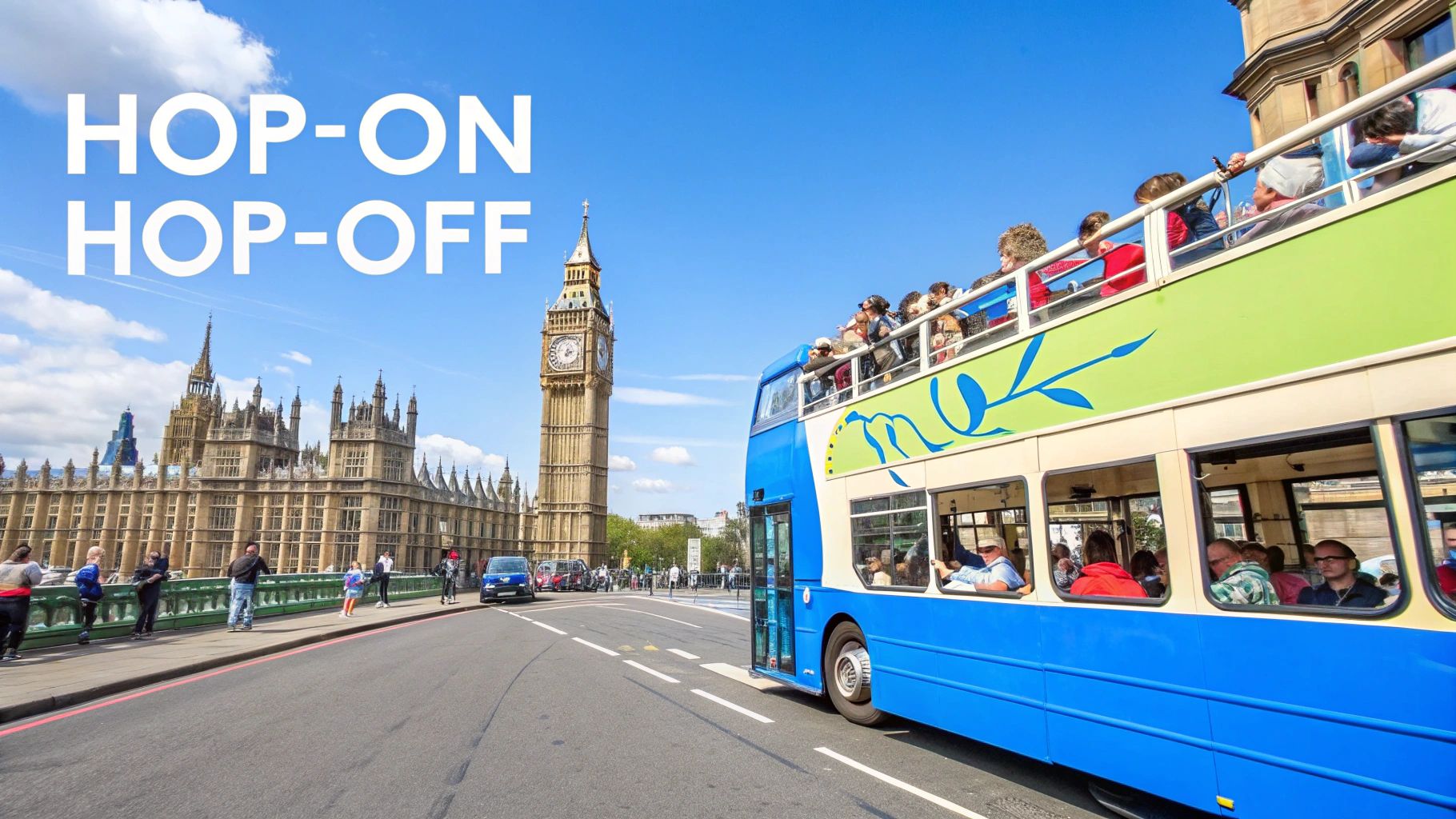
Taking London's buses can feel overwhelming at first, but it's actually one of the best ways to see the city. With some simple planning and insider knowledge, you can easily handle even the most crowded routes while enjoying the sights along the way.
Understanding Peak Times and Alternative Routes
Like most big cities, London's buses get particularly busy during rush hours – between 7-9 am and 5-7 pm on weekdays. During these peak times, you're likely to face packed buses and potential delays. Consider shifting your travel schedule by just 30-60 minutes to avoid the worst crowds. It's also smart to have a backup route in mind – if your planned bus is running late or full, you can quickly switch to plan B without derailing your day.
Local Secrets and Real-Time Tracking
Regular bus riders in London have figured out some clever ways to make their journeys smoother. For more tips on traveling like a local, check out our guide on sitemap categories. One simple trick is to walk a few minutes to a less busy stop instead of waiting at major stations. Bus tracking apps have also become essential tools for London travel. These apps show you exactly where your bus is and when it will arrive, helping you plan better and spend less time waiting at stops.
Timing Your Journey for Optimal Sightseeing
The timing of your bus journey can make a big difference to your sightseeing experience. Mid-morning and early afternoon offer the perfect balance – you'll miss the commuter crowds and have plenty of daylight for taking in the views. Some routes are naturally busier than others. For example, the route 18 from Euston to Sudbury was London's most-used bus service in 2022/23, carrying 12.6 million passengers. Other popular routes include the 149 (London Bridge to Edmonton Green) and the 29 (Trafalgar Square to Wood Green). You can find more detailed passenger numbers here. By following these simple strategies, you can turn what might seem like a complicated bus system into an enjoyable way to explore London.
Strategic Timing: When to Explore London by Bus
Getting the timing right can make all the difference when exploring London by bus. Whether you're interested in photography, avoiding crowds, or simply having the best possible experience, choosing the right moment to hop aboard matters. Let's look at the key factors that can help you plan the perfect bus tour.
Seasonal Variations and Visibility
Each season in London offers distinct advantages for sightseeing. Summer brings extended daylight hours but also peak tourist crowds that can make it harder to snag prime viewing spots on the top deck. Spring and autumn tend to be sweet spots – you'll find smaller crowds and comfortable temperatures, plus gorgeous views of blooming gardens or colorful fall foliage. Winter has its own appeal, with festive decorations lighting up the city and clearer views thanks to bare trees.
The Golden Hour and Photography
If you're keen to capture stunning photos, plan your route around the golden hour – those magical moments just after sunrise or before sunset. During these times, London's landmarks are bathed in soft, warm light that's perfect for photography. As a bonus, scheduling your tour during these off-peak hours means you're likely to encounter fewer fellow tourists, making for a more relaxed experience.
Working Around Peak Times and Events
To avoid the busiest periods, time your bus tour between the daily rush hours. The sweet spot is typically mid-morning to early afternoon, after commuters have reached their offices but before the evening rush begins. Keep in mind that special events like marathons or street festivals can affect bus routes. Before your trip, check the event calendar and have a backup plan ready just in case your preferred route is disrupted.
Balancing Demand and Opportunity
Recent data shows interesting patterns in London's bus usage. By 2023/24, overall bus ridership reached 89% of pre-pandemic levels, with passenger kilometers at 98% of 2019/20 numbers. Weekend travel has seen particularly strong recovery, showing how popular these routes are for sightseeing. For more details, check out the Transport for London report. Given these trends, consider planning your sightseeing for weekdays when possible – you'll likely find smaller crowds and more breathing room to enjoy the views.
Smart Savings: Maximizing Your Bus Travel Budget
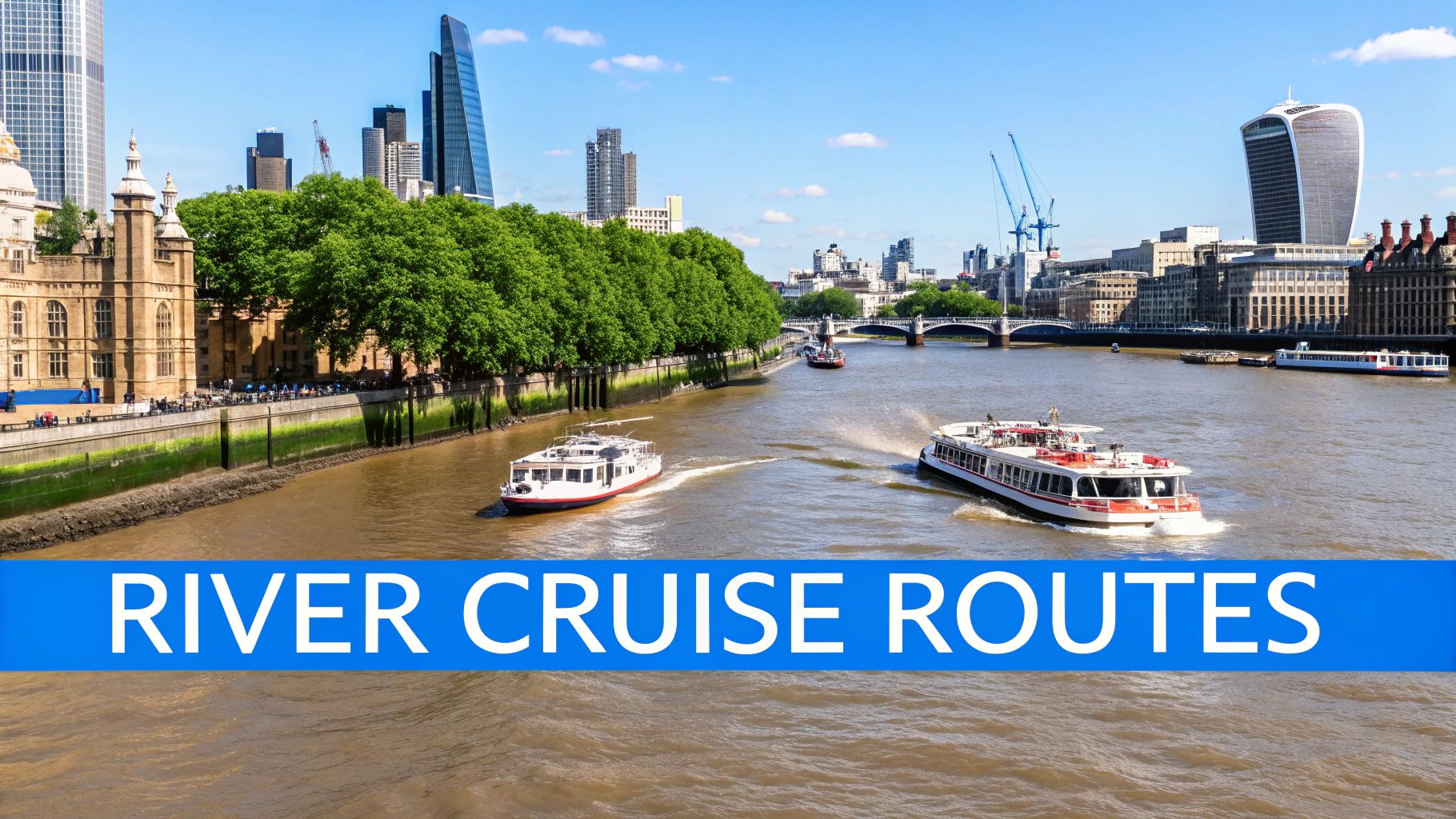
Want to explore London by bus without spending a fortune? With some simple planning and money-saving tricks, you can see all the city's highlights while keeping costs down. Let's look at the best ways to make your bus budget go further.
Understanding London's Fare System
The key to saving money starts with knowing how bus fares work in London. Using an Oyster card or contactless payment gives you the best value for your money. These payment methods come with daily fare caps, meaning there's a maximum amount you'll pay each day no matter how many bus trips you take. This makes it easy to hop on and off different routes without worrying about mounting costs.
Making the Most of Free Transfers
Here's a money-saving tip many visitors miss: When you tap your card on one bus, you can take another bus within one hour at no extra cost. This free transfer system helps you see more of London without paying more. For example, you could take a bus through Westminster, then catch a free connecting bus to explore Camden Market.
Exploring Discount Options
If you're planning several days of sightseeing, look into weekly or monthly passes. These can save you money compared to paying for each ride separately. Just be sure to map out your planned routes first – calculate whether a pass makes sense for how often you'll actually use the bus. For more tips on mastering London's bus system, check out: How to master London's bus system.
Comparing Payment Methods
Picking the right way to pay makes a big difference to your travel costs. Here's a simple breakdown:
| Payment Method | Benefits | Drawbacks |
|---|---|---|
| Oyster Card/Contactless | Daily capping, free transfers, convenient | Requires initial purchase/setup |
| Cash | Simple | No discounts, exact fare required |
| Individual Tickets | Easy for occasional use | More expensive than other methods |
Creating Cost-Effective Routes
Once you understand how fares work, you can plan routes that give you the most sightseeing value. Try connecting different bus routes to see more while paying less. For example, take one bus past major landmarks in central London, then use your free transfer to explore a different neighborhood.
Putting It All Together: A Sample Itinerary
Here's how to put these tips into practice: Start your day at Buckingham Palace using one bus route, then catch a free transfer to reach the Tower of London within the hour. By planning your connections carefully, you'll see London's famous sights while keeping your daily fare spending well below the cap. This smart approach lets you experience more of London's attractions without stretching your budget.
Creating Your Perfect Bus Sightseeing Adventure
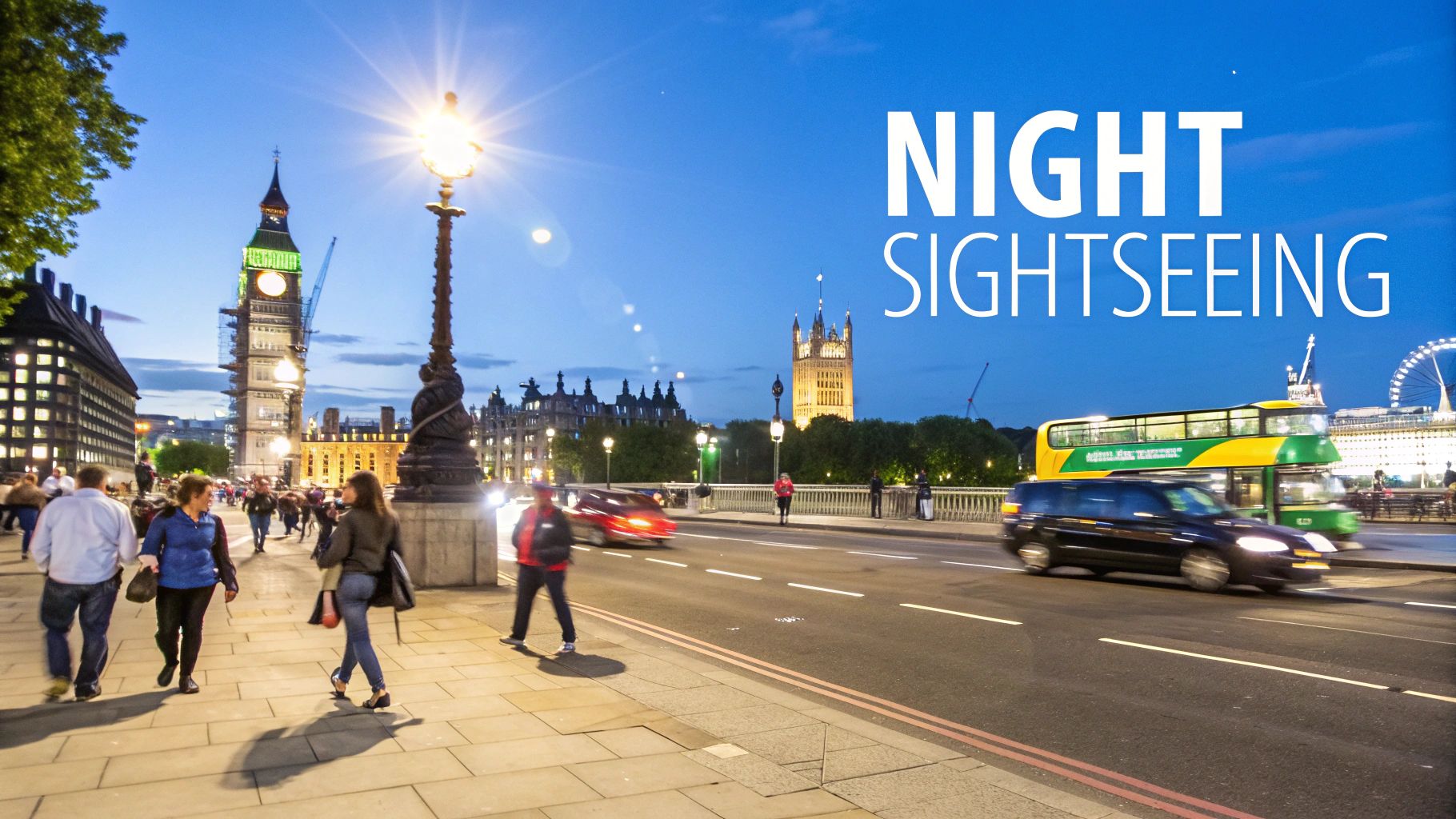
Planning a memorable London bus tour takes a bit of preparation, but the iconic red double-deckers offer one of the best ways to see the city. With some smart planning and an adventurous spirit, you can create an amazing sightseeing experience that fits your interests and schedule.
Building a Flexible Itinerary
First, make a list of the top attractions you don't want to miss. Tools like Citymapper and the Transport for London website help you find bus routes connecting major landmarks like Buckingham Palace and the Tower of London. Keep your schedule loose though – some of London's best discoveries happen when you venture off the planned path to explore an interesting neighborhood or follow a local's recommendation.
Timing Your Transfers Strategically
One of London's best-kept transit secrets is the Hopper fare, which gives you free bus transfers within an hour of your first tap-in. This means you can hop between different routes to see more sights without paying extra. Look for places where bus routes overlap near major attractions, making it easy to switch between them. Just remember that buses run less frequently during off-peak hours, so factor in some extra waiting time.
Identifying Strategic Photo Stops
The upper deck of a London bus gives you a perfect vantage point for photos of the city's grand architecture and bustling street life. Some routes offer particularly good views as they cross the Thames or circle major parks. Research the best photo spots along your route beforehand, and don't be shy about hopping off briefly when you spot that perfect shot of St. Paul's Cathedral or Tower Bridge.
Adapting to Changing Conditions
London's famously changeable weather and traffic mean flexibility is key. Keep an eye on bus tracking apps to spot delays or disruptions that might affect your route. If one path is blocked by heavy traffic or construction, you can usually find an alternative route or switch to the Tube for part of your journey.
Combining Routes for Unique Perspectives
Mix and match different bus routes to create your own themed tours of London. You might start with a route past medieval landmarks like the Tower of London, then switch to one showcasing the city's newest skyscrapers. Or combine routes that take you through distinct neighborhoods, from the markets of Camden to the museums of South Kensington.
For help planning your London adventure, check out Brit Bus Travel. They offer various transportation options from small minibuses to full-sized coaches, making it easy to explore London and beyond in comfort.
Article created using Outrank


